Report Back
Erichka welcomed all members and visitors.
Thank you – as always to all the ladies who support our various charities giving so freely of both their time and money.
Should you require cushions for the S.P.C.A please speak to Erichka.
A special thank you to Grace and Wendy for putting together a Love Quilt.
Tea
Please provide a plate of eats and assist in the kitchen, should your name appear on the tea list. If for whatever reason you are unable to provide eats, please arrange for someone else to take your place.
Ladies please also remember to bring your own mugs.
Events.
Christmas in October at the Heathway Centre will be on 30 October 9 am to 2pm. Volunteers and quilts to hang will be required.
The Traveling Exhibition entry form deadline is
15th October and quilts have to be handed in by the 1st December. Entry forms can be downloaded from the SAQG website.
Festivals:
Your request of entering non original quilts at Festivals is being discussed by the Committee.
General:
Please be aware that the travel scam is still ongoing.
A semi finished Biggie Best double bed quilt was auctioned as was a bedspread/blanket of crochet squares with enough wool to complete the project.
Did you know…..?
Bonnie Leeman 83 years old founder and Editor of The Quilters Newsletter Magazine and the Quiltmaker sadly passed away on the 5th September 2010.
She was an Icon of the Quilting Industry.
She developed the magazine into a family business started in 1969.
In 1982 she was inducted into the Quilters Hall of Fame and that same year The Quiltmaker Magazine was launched.
The subscriptions totaled over 200,000 subscribers in over 100 countries and in 1996 she passed on the baton of leadership of QNM to her daughter Mary.
Santa's Shoe Box Project
Kidz2Kidz Santa Shoebox Project is an inspiring community initiative that collects uniquely personalized Christmas gifts for socially disadvantaged youth. Equally, the project is about parents teaching their own children the pleasure of giving. This is a gift to be shared with a child from a distinctly vulnerable social background, who may never before have received a Christmas gift. The project is unique in that the donor knows the name, age, gender and residence of the child the gift is intended for.
Fill the box with new and age appropriate item of which the following are required
Toothpaste and toothbrush
Bar of soap and face cloth
Item of clothing
Educational supplies
Sweets and a toy
Interested then go to: www.santashoebox.co.za for more information and to register. Boxes need to be dropped off towards the end of October, so in order to participate there is not too much time.
History of Mens Ties:
The Necktie (or tie) is a long piece of cloth worn for decorative purposes around the neck or shoulders, resting under the shirt collar and knotted at the throat. Variants include the bow tie, ascot tie, bolo tie and the clip-on tie. Neck ties are generally unsized, but may be available in a longer size. Men & boys wear neckties as part of regular office attire, formal wear or as part of a uniform
The earliest historical example was found in ancient Egypt. The rectangular piece of cloth that was tied and hung down till the shoulders was a very important part of an Egyptian’s clothing because it was showing his social status.
In China, the life size terracotta statues in the grave of Emperor Shi Huang Ti, bear a piece of cloth around their necks, which is considered an ancestor of the modern necktie.
In art from the Roman Empire, men are also depicted bearing neckwear that resembles the contemporary necktie.
The modern necktie, ascot, and bow tie are descended from the cravat. This can be traced back to the time of the Thirty Years’ War (1618 – 1648) when Croatian mercenaries from the Military Frontier in French service, wearing their traditional small, knotted neckerchiefs, aroused the interest of the Parisians. These neck cloths struck the King’s fancy and he soon made them a insignia of royalty as he created a regiment of Royal Cravattes. The word “Cravat” comes from the Croatian word for Croats, Hrvati, and the French word, Croates.
The new article of clothing started a fashion craze in Europe where both men & woman wore pieces of fabric around their necks.
During the Battle of Steenkerque in 1692, the princes, in a hurry getting dressed for battle, just wound these cravats around their necks. They twisted the ends of the fabric together and passed the twisted ends through a jacket buttonhole. These cravats were generally referred to as Steinkirks.
By 1715, another kind of neckwear, called “stocks” made its appearance. Stocks were initially just a small piece of muslin folded into a narrow band and wound a few times round the shirt collar and secured from behind with a pin.
The Cravat fashion became very popular in England due to the Macaronis, returning from Europe, who brought new fashion ideas with them from Italy.
Remember the song Yankee Doodle?
Yankee Doodle went to town A-riding on a pony Stuck a feather in his hat And called it macaroni.
This is a song from Pre-Revolutionary America. The singer was not referring to the pasta “macaroni” in the line that reads “stuck a feather in his hat and called it macaroni. “Macaroni” was a fancy (dandy) style of Italian dress widely imitated in England at that time. By sticking a feather in his cap and calling himself a “dandy”, Yankee Doodle was proudly proclaiming himself to be a gentleman of some social standing.
Between 1800 – 1850 there was much interest in the way to tie a proper cravat and this led to a series of publications. First book published was Neckclothitania.
1860 – 1920 - The Industrial revolution created a need for neckwear that was easy to put on, comfortable and would last an entire workday. The modern necktie, as is still worn by millions of men today, was born. Bow ties also became popular at this time and also the Ascot tie, which had wide flaps that were crossed and pinned together on the chest.
In 1926, a New York tie maker, Jesse Langsdorf came up with a method of cutting fabric on the bias and sewing it in three segments. This technique improved elasticity and facilitated the fabric’s return to its original shape. He patented this innovation and later sold his invention all over the world. Since that time, most men have worn the “Langdorf” tie.
In Britain, Regimental stripes have been continuously used in tie designs since the 1920s. Traditionally, English stripes ran from the left shoulder down to the right side; however, when Brooks Brothers introduced the striped ties in the USA around the beginning of the 20th century, they had theirs cut in the opposite direction.
In the 1980s in the 1990s, novelty (joke) ties or deliberately kitschy ties designed to make a statement became very popular. These included cartoon characters, commercial products and pop culture icons.
Ties made of unusual materials such as plastic & wood were also made.
The first novelty ties were designed by Salvador Dali, whose artwork and illustrations on ties took the art world by storm. Men from all sectors continued to express their interests and sense of style by wearing ties that make statements.
Interesting facts about ties:
In silk production, one cocoon is made up of 1,000 – 3,000 feet of silk yarn. You will need 150 cocoons per necktie.
Red is the most popular tie colour & pink is a fairly common business tie colour in Japan.
Burgundy (dark red) is a classic business tie and usually worn by politicians & blue is the colour of choice for spring.
Brown is the colour for casual wear & black is the colour for formal wear.
White is worn by judges, lawyers and defenders & grey and silver are perfect for Birthday parties.
Around the world, the tie is still the most popular Father's Day gift.
In 2002 the tie industry in America saw sales slump by 10% due to the popularity of "dress down days".
Health and safety hazard:
Entanglement is a risk when working with machinery and possibly violent jobs such as policemen and prison guards, and certain medical fields.
Vascular constriction can occurs with over-tight collars.
Infections are spread by Drs & Dentists through ties. Ties don’t get cleaned regularly.
Peanuting – form of bullying, where the tie is pulled to tighten around your neck, it is supposed to embarrass the person, but there are reported cases of spinal injury.
Anti Tie sentiments:
Ties are being seen as a symbol of submission and slavery (i.e. having a symbolic chain around one’s neck) to the corrupt elite of society, as a wage slave.
In Iran, the tie is seen as a symbol of Western oppression.
"What is a Quillow?
"A combination of a quilt and a pillow is called a quillow. (Some people spell it 'quillo'.) The basic idea is that you fold the quilt into an attached pouch and when it's all sealed up it looks like a pillow. Some people sew a carrying strap to their Quillows, some don't . They are popular for kids' sleepovers or for grownups being cozy by the TV.
The quillow can have a theme. Give one made with dog print fabric to a dog lover or one with underwater images to a SCUBA diver. A teeny quillow is a nice for a baby shower.
You can do as much or as little patchwork on the quillow as you wish. You can quilt just the pillow part, or the whole main fabric or even just use solid, "unpatched" fabric. Polar fleece makes a warm, cozy quillow.
Friday, November 5, 2010
Subscribe to:
Post Comments (Atom)











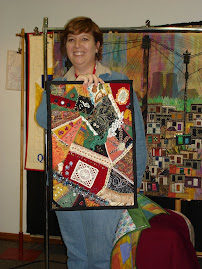
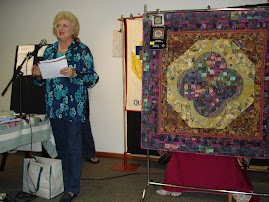
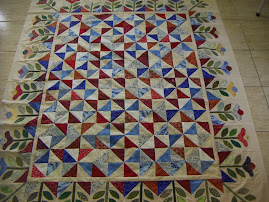
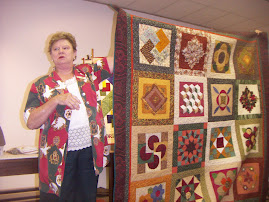
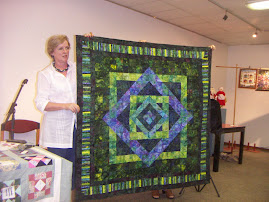Tilly+de+Harde+Where+have+all+the+Butterflies+Gone..jpg)
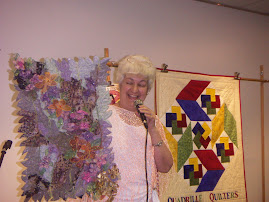Colleen+Harris+Midsummer+nights+dream.jpg)
.jpg)
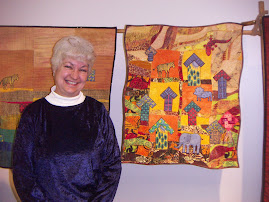
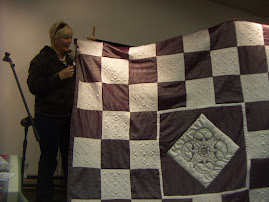.jpg)
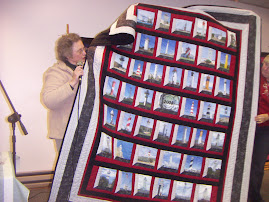
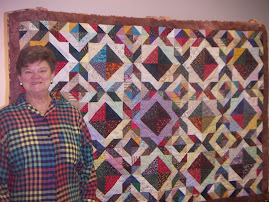
Rosemarie+Eriksson+Embroidered+quilt.jpg)
Berlize+tulip+quilt..jpg)


.jpg)
+Mary+Ash+Baltimore.jpg)


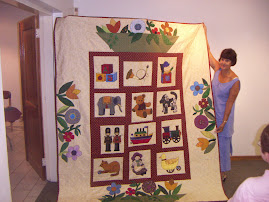
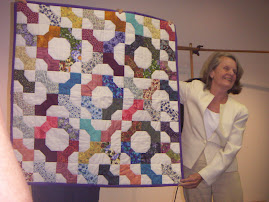
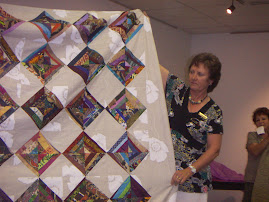
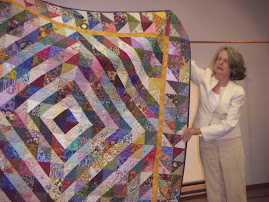
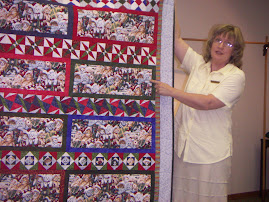




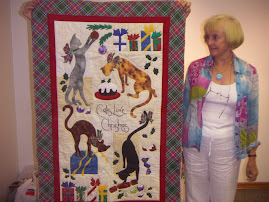
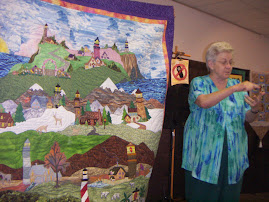

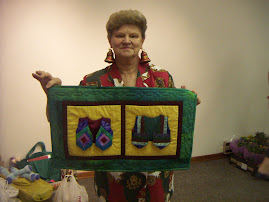
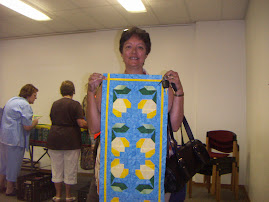
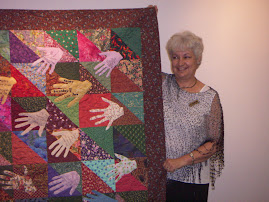
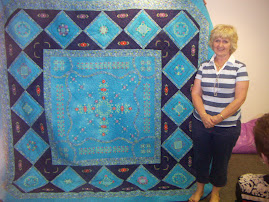
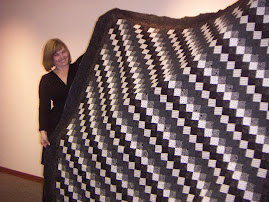
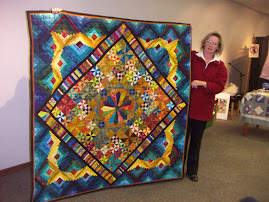
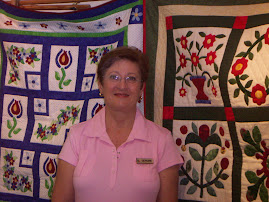

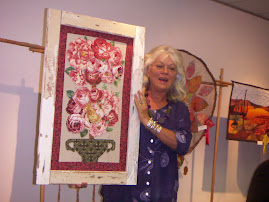
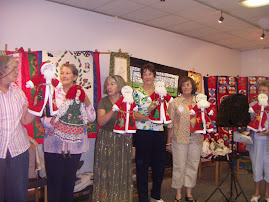.jpg)
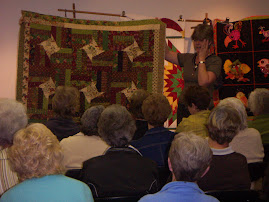.jpg)

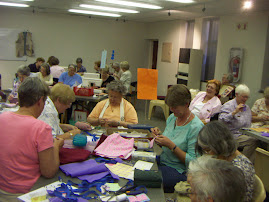
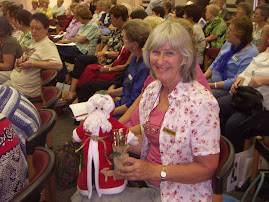
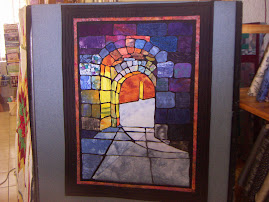
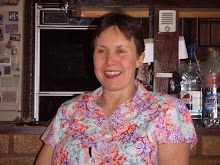


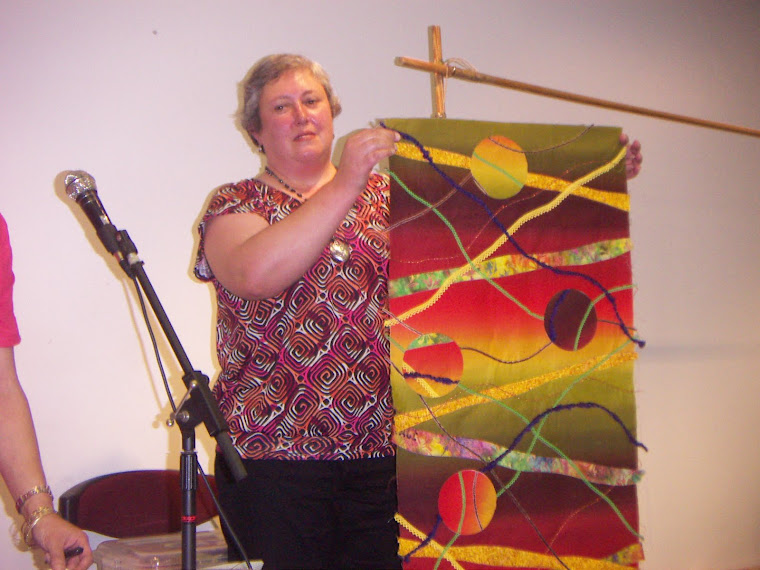Tertia+Darn+Quilt.jpg)
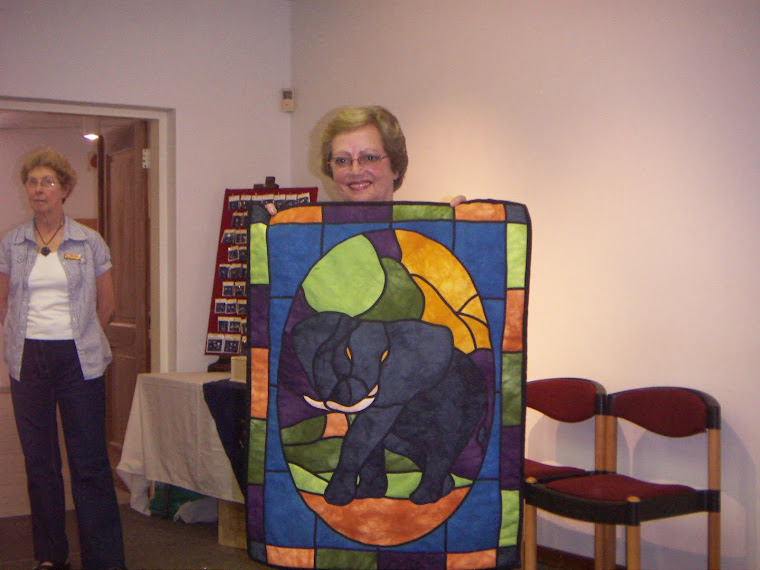Yvonne+jordan+Elephant+quilt.jpg)
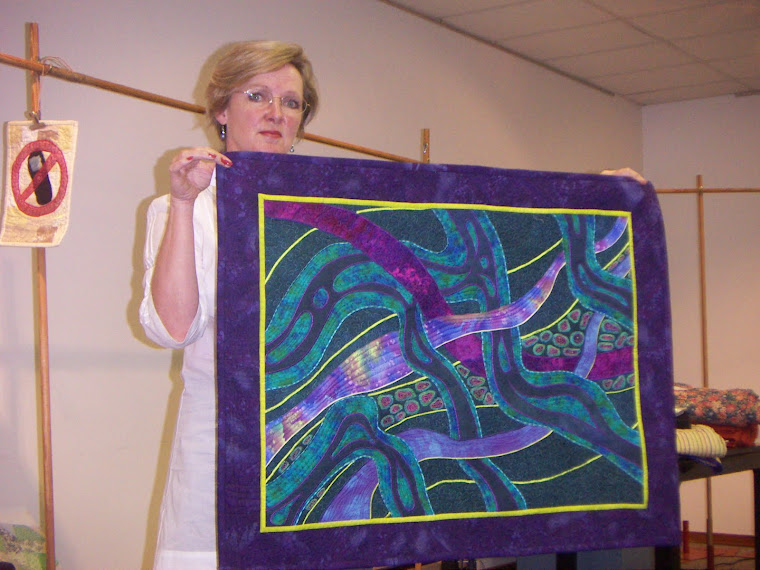Tilly%27s+Goodbye+to+the+Grid.jpg)
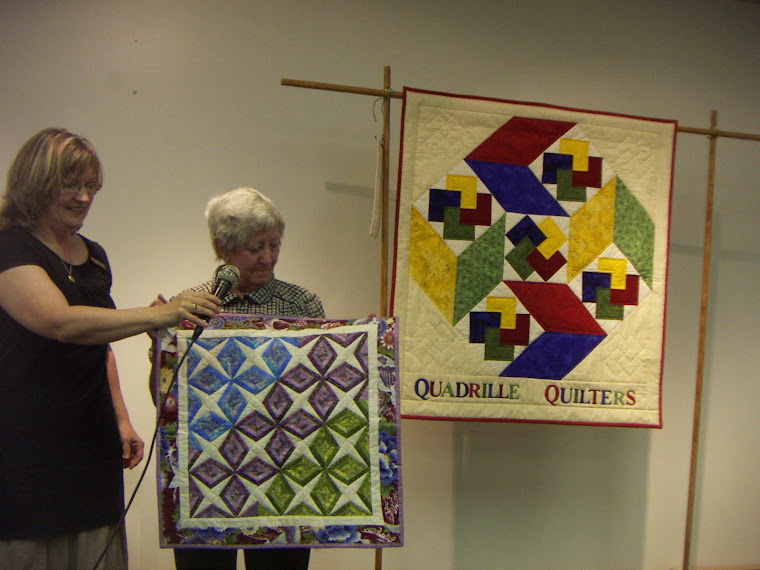
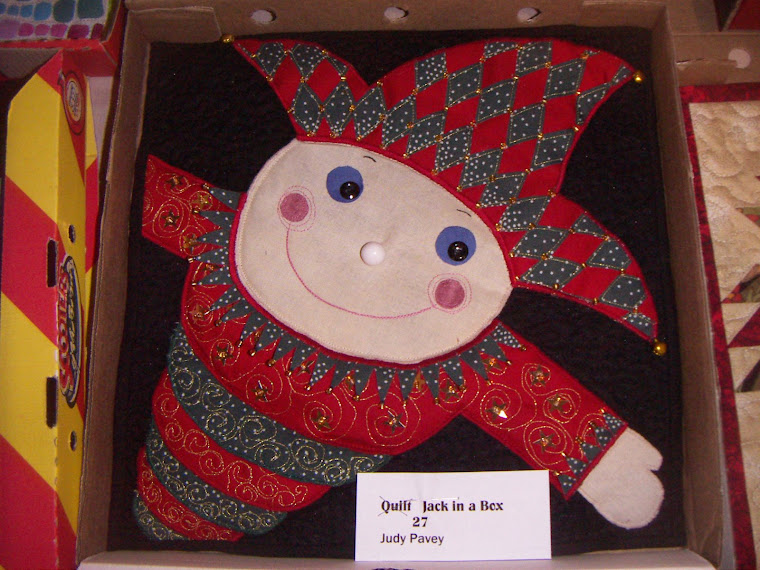
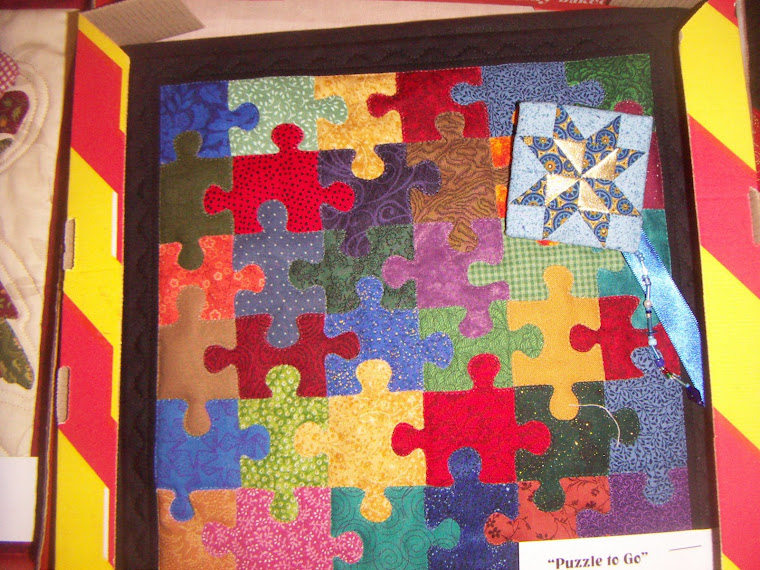
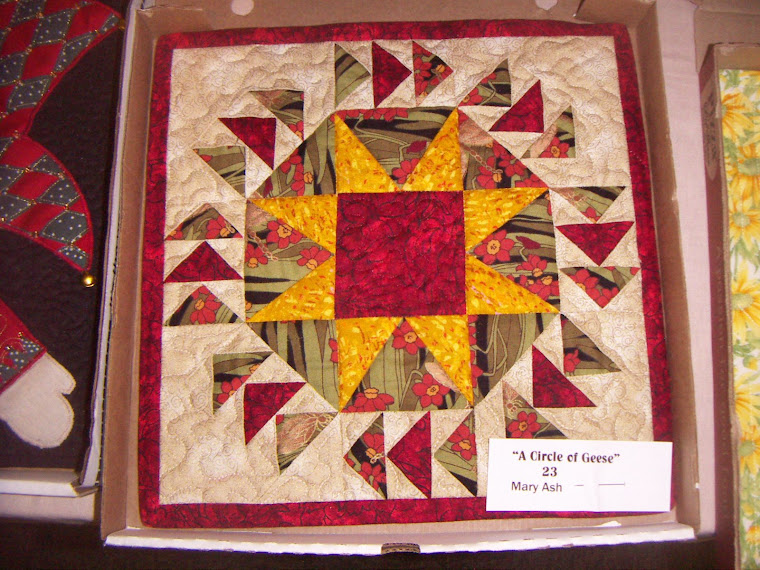
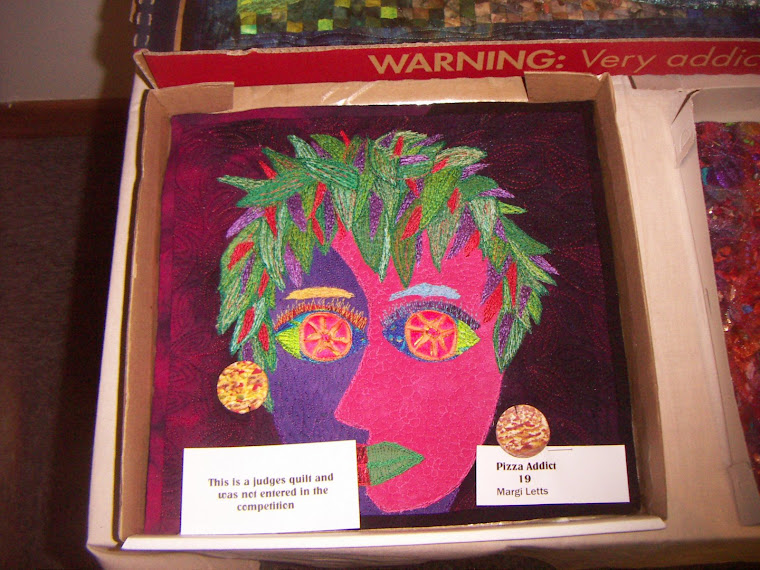
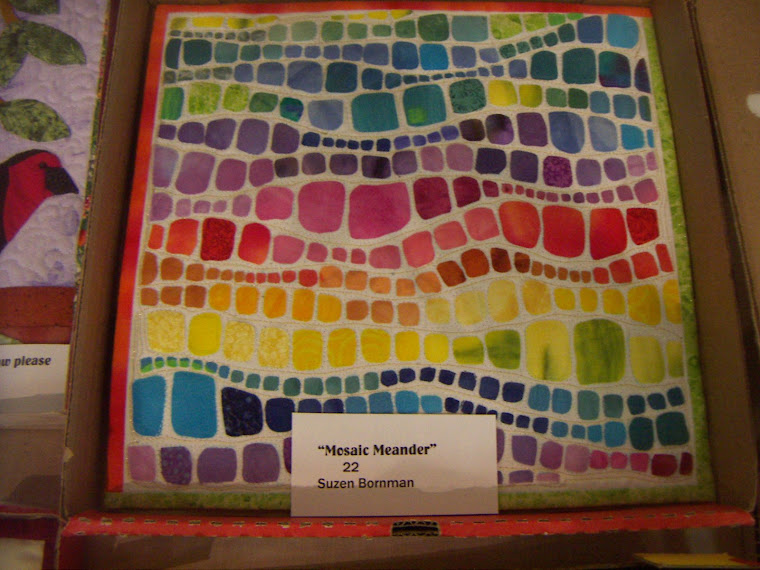
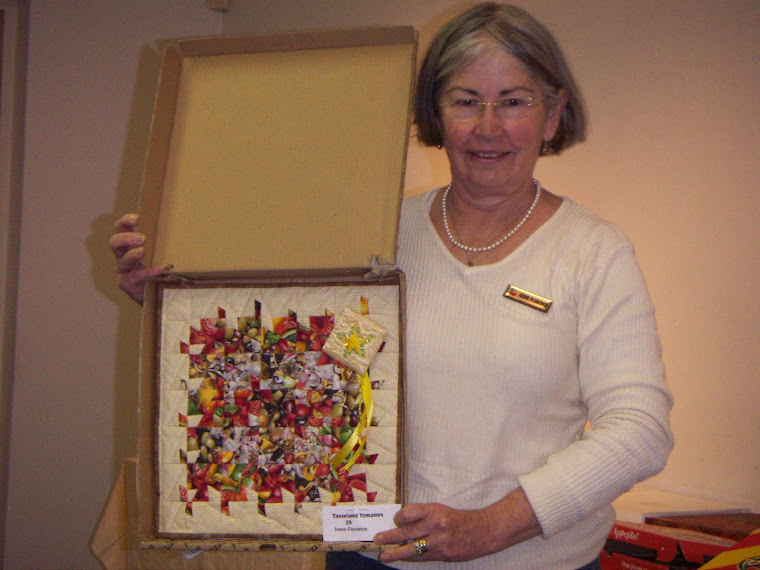


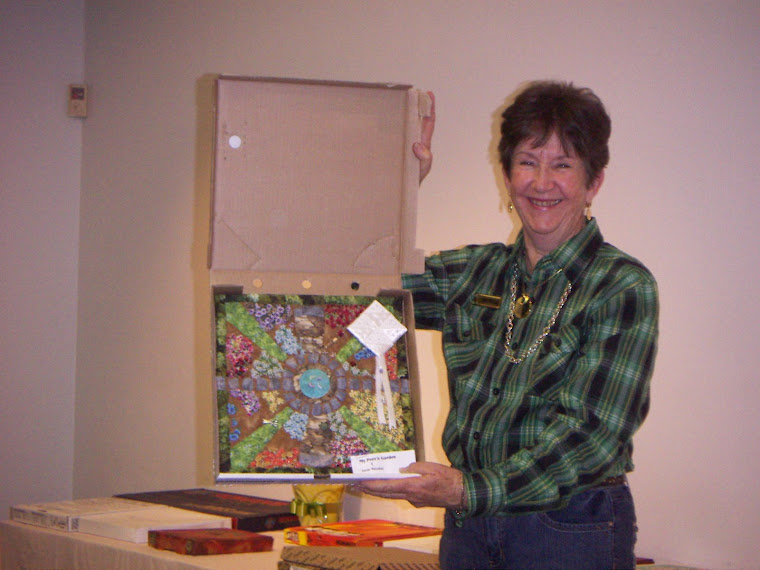


Dorinda%27s+Stack+and+Whack.jpg)
.jpg)
Ira%27s+landscape+lighthouse..jpg)
.jpg)


.jpg)

.jpg)




.jpg)

No comments:
Post a Comment